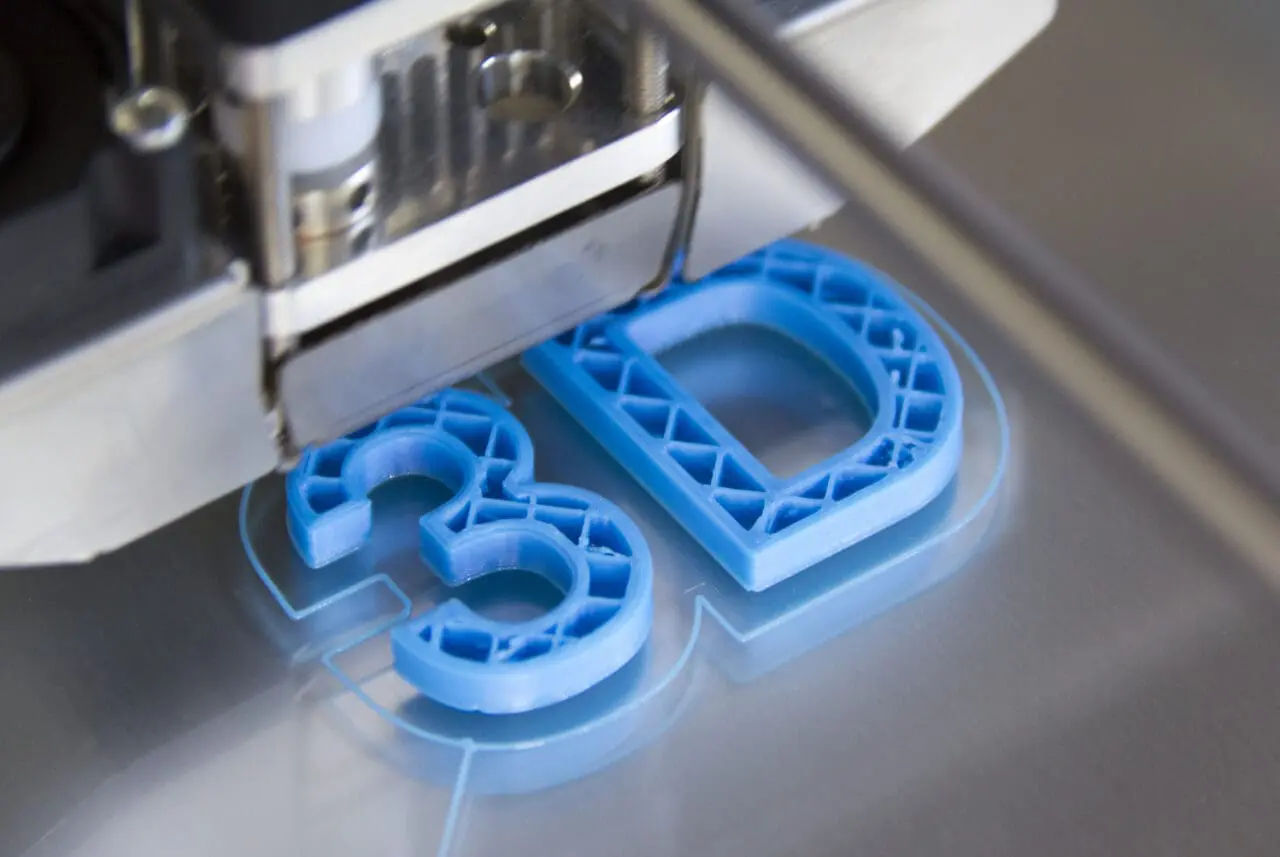

The University of Maine Advanced Structures and Composites Center (ASCC) in the US has unveiled the first 3D-printed house made entirely with bio-based materials.
BioHome3D
The 600-square-foot prototype ‘BioHome3D’ has 3D-printed floors, walls and a roof made of wood-fibres and bio-resins. The fully recyclable house also has 100 per cent wood insulation and customisable R-values. ASCC has also said that another bonus of Biohome3D is that the precision of the printing process of the house construction means that waste was almost eliminated.
Could Solve Housing Problems and Help The Environment
The University of Maine has highlighted the advantages of the technology in helping with a housing and environmental crisis as:
– Addressing labour shortages and supply chain issues that are driving high costs and constricting the supply of affordable housing.
– The use of automated manufacturing and off-site production cutting the time for on-site building and fitting up the home.
– Printing using abundant, renewable, locally sourced wood-fibre feedstock, thereby reducing the dependence on a constrained supply chain, supporting the revitalisation of local forest product industries, and making the process more resilient to global supply chain disruptions and labour shortages.
– The sustainably grown wood fibre used is a renewable resource that captures carbon during the tree growth cycle. This could help reduce the 40 per cent of global carbon emissions which buildings account for (UN Environment Programme figures).
– BioHome3D houses could act as carbon storage and sequestration units during their lifetime and after they are recycled.
How And Where?
The prototype BioHome3D was printed in four modules, then moved to the site and assembled in half a day. Electricity was running within two hours with only one electrician needed on site.
The house is sited on a foundation outside ASCC and has been equipped with sensors for thermal, environmental and structural monitoring to test how it performs through a Maine winter. Researchers say they expect to use the data collected to improve future designs.
Scalable
ASCC says it will be able to scale its advanced manufacturing research in housing construction with the opening of the Green Engineering and Materials (GEM) research ‘Factory of the Future’. When complete, GEM will serve as a hub for AI-enabled large-scale digital hybrid manufacturing and will have bays dedicated to scaling up the production of housing, such as BioHome3D, as well as boatbuilding (an important industry in Maine).
What Does This Mean For Your Organisation?
Finding ways to quickly provide enough affordable housing (while facing a labour shortage) are two big challenges in themselves. The BioHome3D, however, looks as though it may be a way to meet these challenges whilst also addressing ecological and climate change challenges, i.e. by using sustainable, renewable, locally sourced, recyclable natural resources in a way that also captures carbon. The fact that the main parts of this type of home can be pre-made (printed in four modules), then moved to the site and assembled in half a day with only one electrician needed on site shows huge promise in terms of cost and labour saving and getting affordable homes to where they’re needed fast.
This project is another example of the enormous potential of 3D printing technology and how its innovative use is revolutionising many parts of different industries. Being in Maine where boatbuilding is an important industry, 3D printing at scale in this way also shows how this method could be adapted easily to build boats. This is an exciting development that could be reproduced in other parts of the world and could create new opportunities not just in housing but in many different industries and sectors.
This website uses cookies to improve your experience. Choose what you're happy with.
Required for the site to function and can't be switched off.
Help us improve the website. Turn on if you agree.
Used for ads and personalisation. Turn on if you agree.
This website uses cookies to improve your experience. Choose what you're happy with.
Required for the site to function and can't be switched off.
Help us improve the website. Turn on if you agree.
Used for ads and personalisation. Turn on if you agree.